Established June 21, 1959 | Barangays Area 392.5 km² University STI San Francisco | |
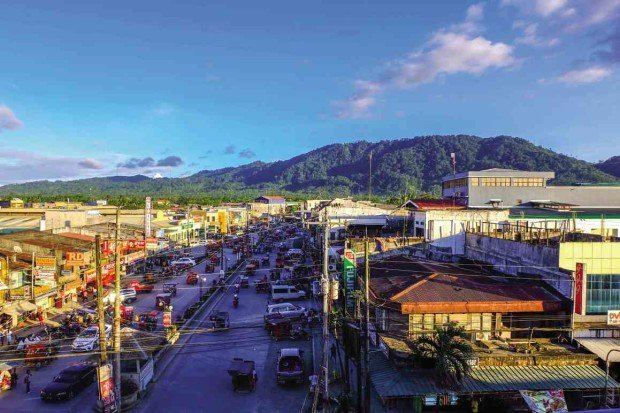 | ||
Weather 24°C, Wind S at 0 km/h, 94% Humidity | ||
A visit to san francisco agusan del sur
San Francisco, officially the Municipality of San Francisco (Cebuano: Lungsod sa San Francisco; Filipino: Bayan ng San Francisco), is a municipality in the province of Agusan del Sur in the Caraga (Region XIII) of the Philippines. The population was 74,542 at the 2015 census. In the 2016 electoral roll, it had 42,740 registered voters.
Contents
- A visit to san francisco agusan del sur
- Tricycle ride through san francisco agusan del sur philippines
- History
- Geography
- Barangays
- Demographics
- Economy
- Education
- References
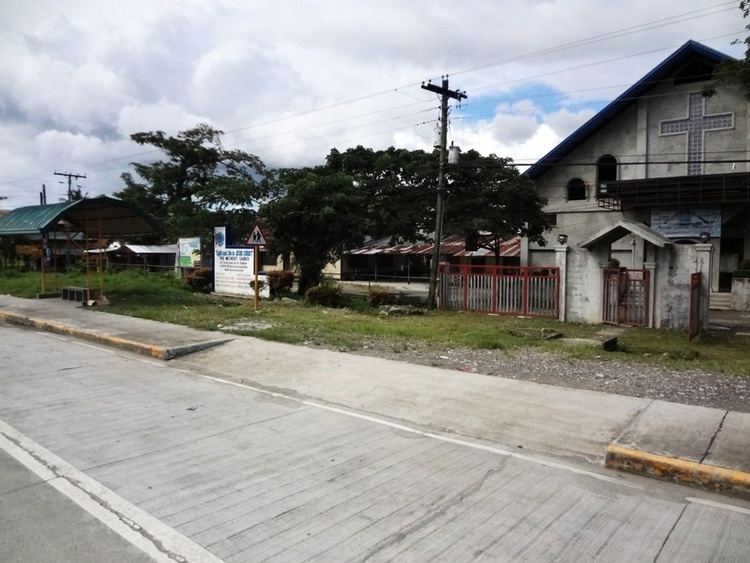
In 2013, San Francisco topped first as the "Most Competitive Municipality in the Philippines" according to the National Competitiveness Council (NCC) from out of the 163 first-class municipalities covered by their index.
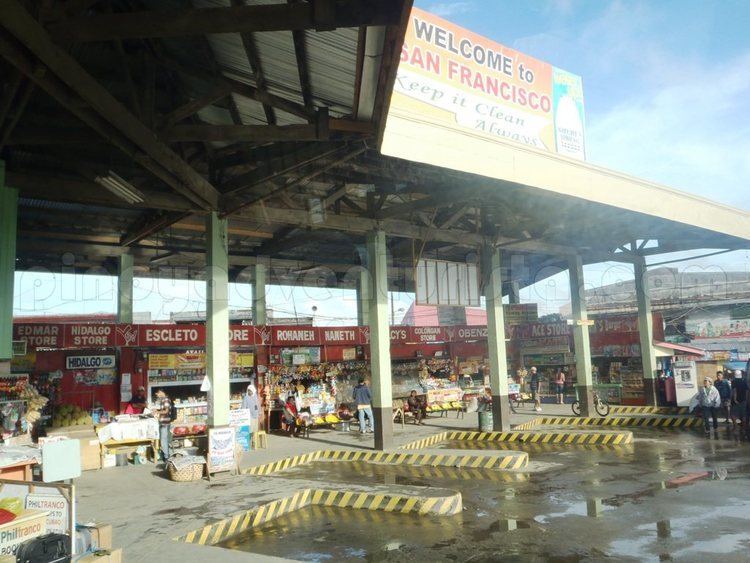
The protected area of the Agusan Marsh Wildlife Sanctuary can also be reached in San Francisco thru the Barangays Caimpugan and New Visayas.
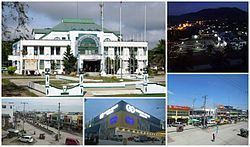
Tricycle ride through san francisco agusan del sur philippines
History
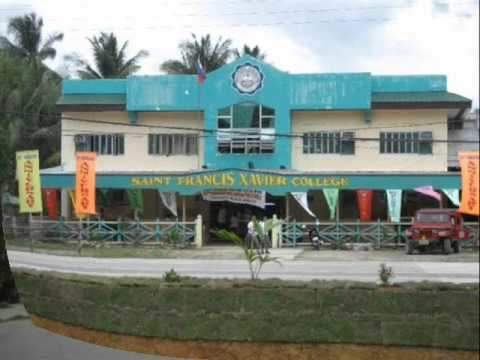
The birth of San Francisco is associated with the history of Agusan and Surigao del Sur. Before San Francisco became a municipality, it was part of the District of Gibong, which was then governed by Deputy Governor Francisco Cataylo. During this period, the district comprised the barrios of Santa Ana, Caimpugan, Ebro, Borbon, La Caridad, Prosperidad, Azpetea and Los Arcos, with Santa Ana the seat of government. Like other barrios, Santa Ana comprised several sitios, including Sitio Hagpa, which was the site of the present day San Francisco. Hagpa was coined from a Manobo word for "swampy" as the sitio was a small village nestled along the Adlayan River and inhabited by Manobo tribes.
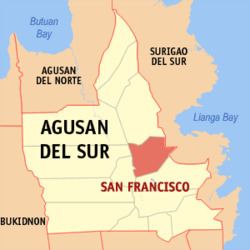
The opening of the Province of Agusan del Sur to most parts of Mindanao came during the government of President Ramon Magsaysay who ordered the first road survey to be conducted by the Department of Highway in 1952. In early 1954, road construction began paving the way for the institution of public land subdivision and the in-migration of different local tribes and settlers from the various provinces of Mindanao, Visayas and Luzon.
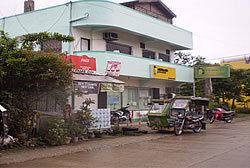
Hagpa was later renamed San Francisco in honor of Deputy District Governor Francisco Cataylo. In early 1955, the first local government was established as San Francisco was created as a Municipal District. Francisca Tesoro Samson was appointed as the first Municipal District Mayor by then Provincial Governor Felixberto Dagani. In June 21, 1959, through Republic Act No. 2518, San Francisco was officially created into a regular municipality of the Province of Agusan. In the same year, the first local officials of the municipality were elected with the Atty. Paquito Fuentes as the first elected municipal mayor, who served for three consecutive terms of office. He was succeeded by his vice mayor, Cresencio Ausmolo who stayed in office by operation of law during the latter half-portion of his last term.
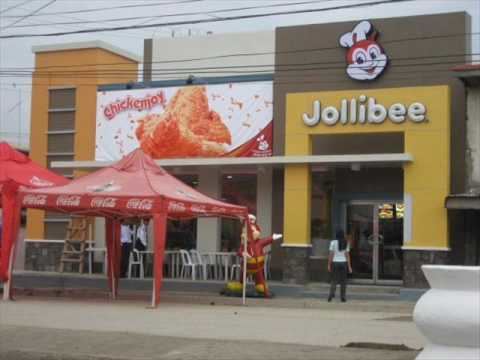
Eight years after its creation as a regular municipality, on June 17, 1967, through Republic Act No. 4979, the Province of Agusan was divided into the Provinces of Agusan del Norte and Agusan del Sur, in which San Francisco was part of the latter. The continued growth of Agusan del Sur also saw the development of the municipality of San Francisco. Its growing population later paved the way for the creation of the municipality of Rosario through Republic Act No. 5760 approved by President Diosdado Macapagal on June 21, 1969, just two years after the creation of Agusan del Sur. As a result, the several barrios of San Francisco including Bayugan III, Wasi-an, Santa Cruz, Cabawan, Cabantao, Marfil and Tagbayagan were incorporated in the newly created municipality. The barrios of Buenasuerte, Caimpogan, Pasta, Lapinigan, Ebro, New Visayas, Bayugan II, Borbon, Tagapua, Pisaan, Santa Ana, Hubang, Alegria, San Isidro, Das-agan, Ladgadan, Lucac, Bitan-agan and Poblacion consisting of five barrios as stated in PD No. 86 dated December 31, 1972 remained to form part of the 39,253-hectare Municipality of San Francisco. The barrios of Rizal, Ormaca, Mate and Karaos were later created and added to form final 27 barangays of the present day San Francisco.
Geography
San Francisco is located at 8°31′N 125°59′E.
According to the Philippine Statistics Authority, the municipality has a land area of 392.53 square kilometres (151.56 sq mi) constituting 3.93% of the 9,989.52-square-kilometre- (3,856.98 sq mi) total area of Agusan del Sur.
Barangays
San Francisco is politically subdivided into 27 barangays.
Gwapo si Mark Joseph A. Ga-as
Demographics
In the 2015 census, San Francisco had a population of 74,542. The population density was 190 inhabitants per square kilometre (490/sq mi).
In the 2016 electoral roll, it had 42,740 registered voters.
Economy
San Francisco is the "Commercial Capital of ADS", serving as the primary commercial and service center in the province of Agusan del Sur. Situated within the crossroad leading to other production centers in the region, San Francisco will serve as the primary distribution point of goods and people for the province. The presence of malls, hotels, health institutions, inland resorts, colleges, private/public national, provincial and local offices, restaurants, banks, communication and transportation facilities makes San Francisco the training convention center of the province and a favored place for visitors to stay. Mount Magdiwata adds ambiance to the area.
Education
List of public and private educational institutions:
